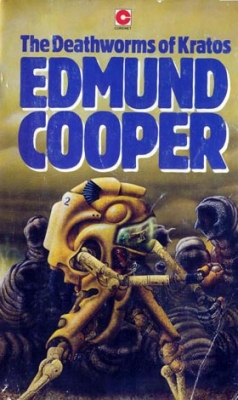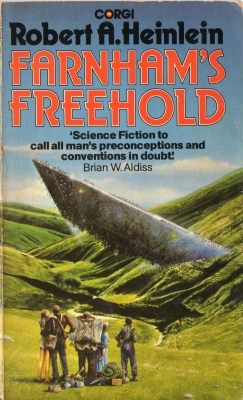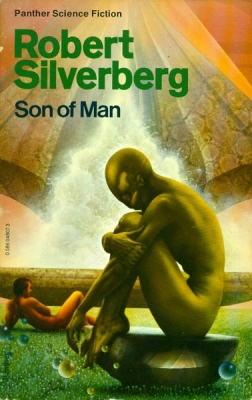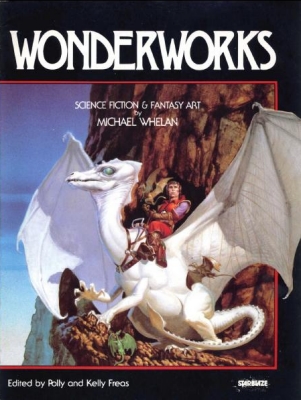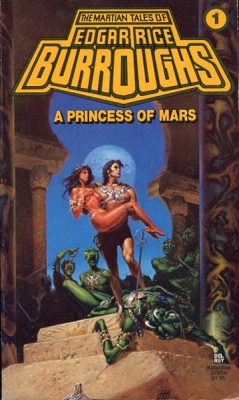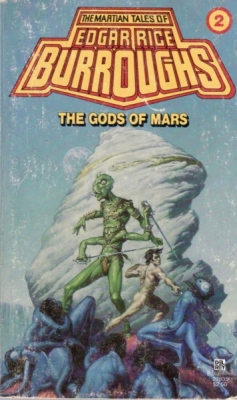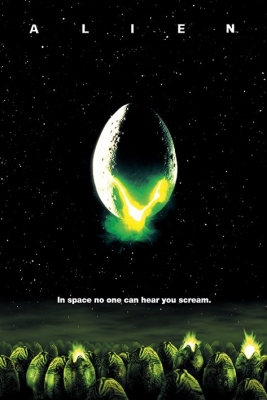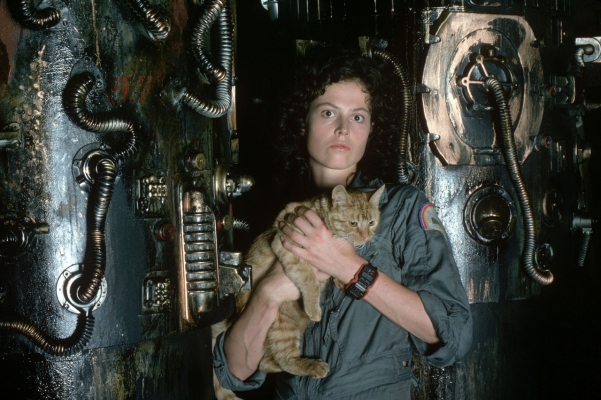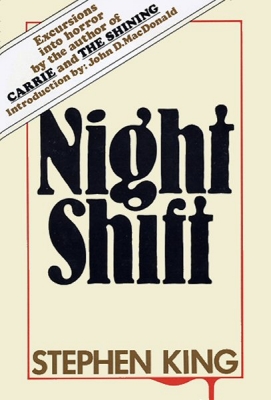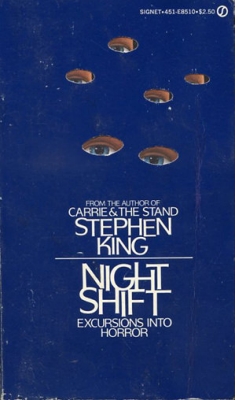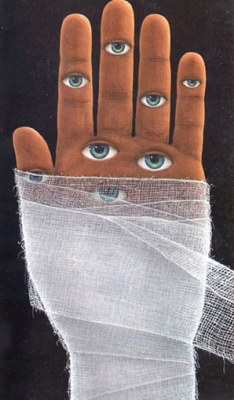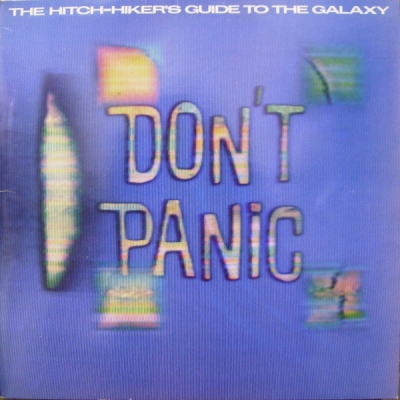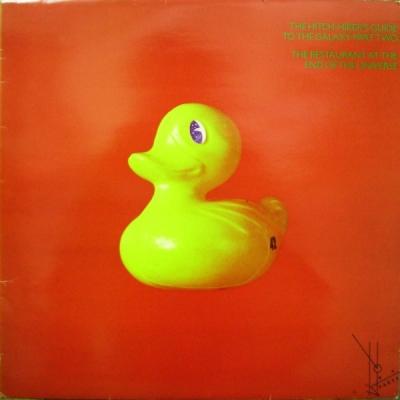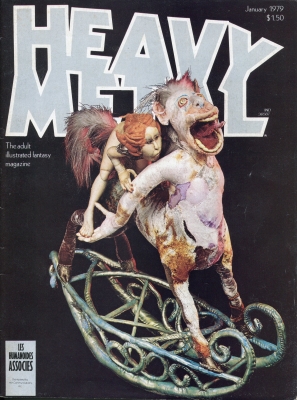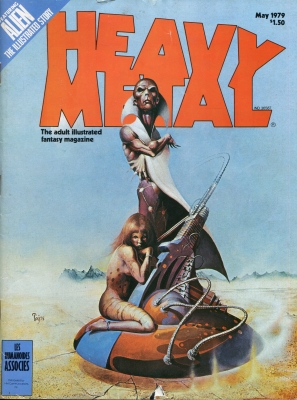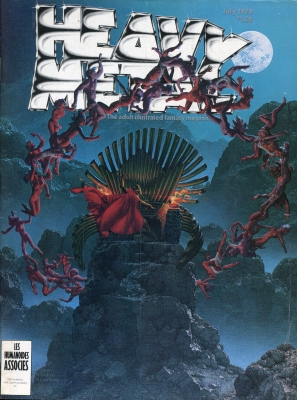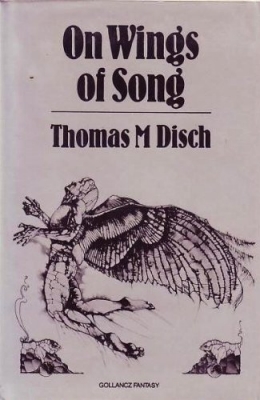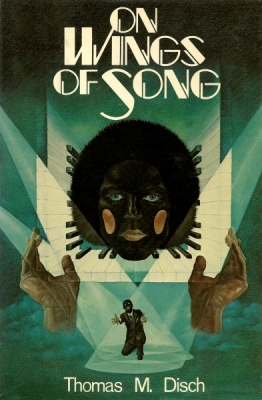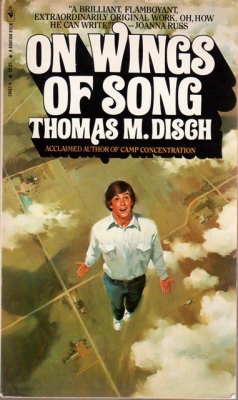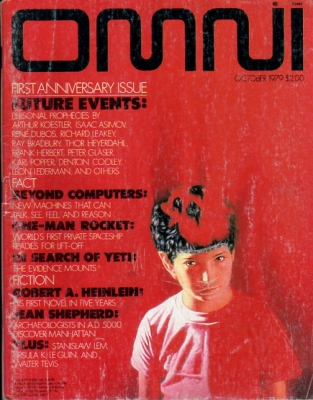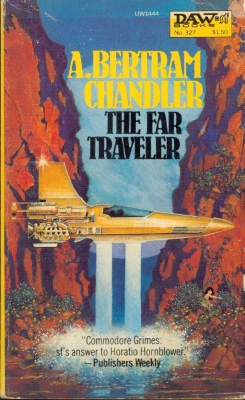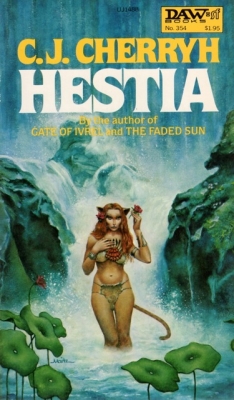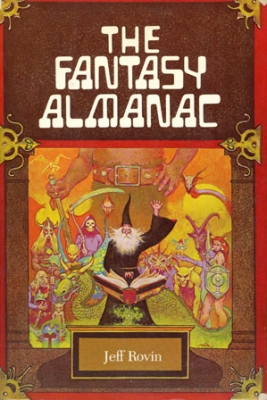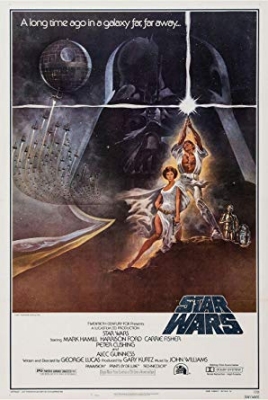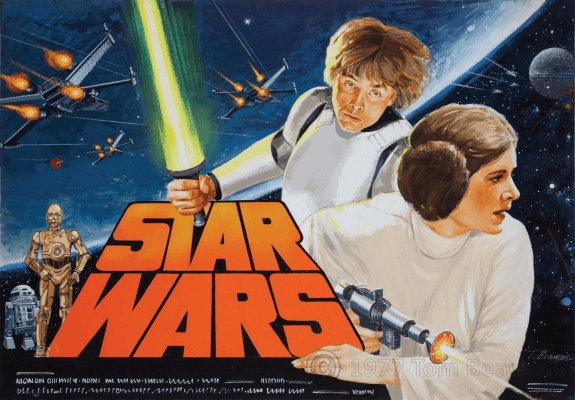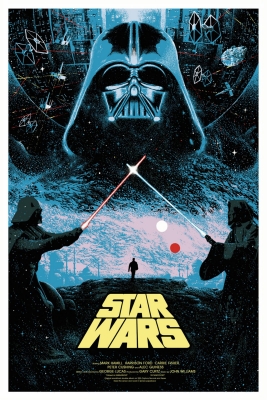The Golden Age of Science Fiction: Jim Burns
The British Science Fiction Association (BSFA) Awards have been presented by the British Science Fiction Association since 1970 and were originally nominated for and voted on by the members of the Association. The Artist Award was created in 1980, when the inaugural award was won by Jim Burns, who would go on to win it three more times before the award was changed in 1987. In 1987, the British Science Fiction Association changed the award to honor specific art as the Artwork Award, which Burns has won eleven times, including a five year winning streak. His most recent win was in 2018 when his painting for the cover of The Ion Raider tied Victor Ngai’s painting for “Waiting on a Bright Moon.”
After leaving the Royal Air Force, Burns studied at St. Martin’s School of Art in London, graduating in 1972, when he signed on with the Young Artists Agency. He began providing covers and interior illustrations for British publishers in 1973 and his work appeared exclusively in British editions through 1980. During that time, he also moved from using water colors to gouache to oils.
Some of Burns’ work that appeared in 1979 included a cover for Robert A. Heinlein’s Farnham’s Freehold for Corgi Books showing the main characters standing in a valley watching a flying city. His cover by Robert Silverberg’s Son of Man has an alien figure curled up in the foreground with a naked man reclining in the background. His cover for Edmund Cooper’s The Deathworms of Kratos is less easy to decipher, but appears to show a man in heavy space armor being attacked by the titular worms.
